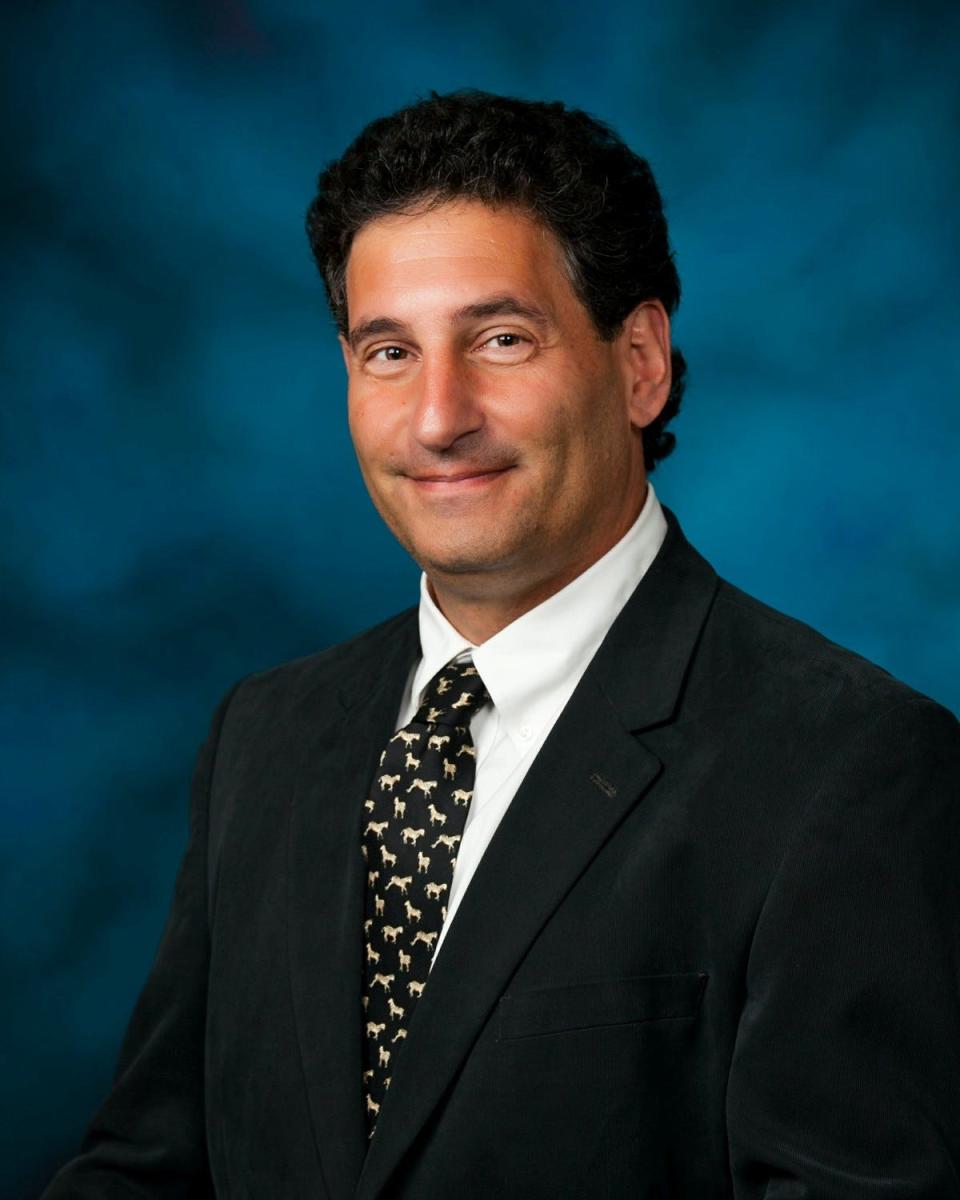Dr. Hersh: Hypertrophic cardiomyopathy occurs when heart muscle becomes too thick
Hypertrophic cardiomyopathy (HCM) is a condition where some of the heart muscle becomes too thick, (a.k.a., hypertrophied, a typical diagnostic criterion is a 15 millimeters or greater left ventricle thickness). Most cases are inherited, and the majority of the rest are due to spontaneous genetic mutations (HCM is the most common genetic cardiovascular disease). There are more than 100 different mutations to any one of 10 different genes that can cause HCM.
Non-genetic causes of HCM are uncommon, but may include abnormal stimulation of the sympathetic system (for example, from excessive adrenaline production), abnormally thickened coronary arteries or compromised blood supply to the subendocardial tissue (the heart tissue containing the vessels and electrical conducting nerves of the heart). Overall, HCM affects more than 1 in 500 people.

What's up, Doc?: What causes hyponatremia, and how it should be treated
Testing for HCM is recommended if it runs in your family
Because HCM is usually inherited, American College of Cardiology/American Heart Association guidelines recommend screening first-degree relatives of patients with HCM beginning at age 12, with earlier screening for children with early growth spurts, those with a family history of sudden cardiac death and prior to participation in competitive sports. Recommendations include:
A thorough history and physical exam for children under 12.
A history and physical exam, as well as an electrocardiogram (ECG) and echocardiogram annually for those ages 12-18.
A history and physical exam, ECG and echocardiogram at least every five years for those over age 18.
After HCM is diagnosed, other testing may be indicated, including certain blood tests, possibly genetic testing and in some patients even a cardiac catheterization, testing for the specifics of a heart arrhythmia (an electrophysiology study/EPS), or other tests (for example, a cardiac MRI, monitoring for a heart arrhythmia, etc.).
Hypertrophic cardiomyopathy often has no symptoms
Most people with HCM have no symptoms, and it's discovered when a heart ultrasound (echocardiogram) is done for whatever reason (including screening for HCM), or it is suspected based on the physical exam or due to an abnormal electrocardiogram.
However, if the heart muscle becomes thick enough it can block some blood from being able to leave the heart (called obstructive HCM). If this happens, the patient can have symptoms and/or complications, including an increased risk of heart failure, fainting, developing an irregular heartbeat, as well as up to a 0.7% risk of sudden death per year — HCM is one of the most common causes of sudden death in young people. Risk factors that make sudden death more likely include a history of fainting, a history of having the abnormal heart rhythm ventricular tachycardia, abnormal blood pressure response to exercise, a very thickened heart muscle (more than 30 millimeters) or having a history of a cardiac arrest.
Patients with no symptoms may not require treatment, although avoiding intense sports or other situations that might exacerbate their condition may be recommended.
What are the treatments of hypertrophic cardiomyopathy?
For those with symptoms or those whose treating clinician feel they would benefit from treatment, the first line of treatment is typically certain medications that reduce the forcefulness of the heart squeeze, such as beta blockers, calcium channel blockers or other medications. A new medication for obstructive HCM patients with more severe/progressed disease, mavacamten (which acts to reduce the contractility of the hypertrophied cardiac muscle), was approved by the Food and Drug Administration in April 2022.
Although only a minority of patients with HCM have symptoms; of those with severe symptoms, more than 10% do not respond to medications. These patients may be referred for surgery to cut away the thickened muscle. This open-heart procedure has a high success rate, although not without some risk; between 1% and 4% of patients die from the procedure, and up to 10% have their heart’s electrical conduction system affected and subsequently require a pacemaker.
A less invasive therapy has been developed in which a catheter is introduced through arteries then up to the heart (as in a cardiac catheterization), so that alcohol can be injected directly into the area of thickened heart muscle to destroy some it. This approach seems to be almost as effective as surgery, and seems to have similar mortality complication rates. It may be especially useful for those patients who are not good surgical candidates. However, problems with the heart’s electrical conduction system after this procedure are more common than after the surgical procedure, and 10% to 30% of patients subsequently require a pacemaker.
In addition, some patients may need a valve replacement, a pacemaker (even if they did not have a surgical procedure), an automated implantable defibrillator (AICD), treatment for atrial fibrillation (if it occurs as a complication of their HCM) or other treatments.
There may be a new treatment option on the horizon; recently a gene therapy treatment to treat HCM has been developed and is now in early clinical testing.
Jeff Hersh, Ph.D., M.D., can be reached at DrHersh@juno.com.
This article originally appeared on MetroWest Daily News: Hypertrophic cardiomyopathy: what it is, how to treat it

